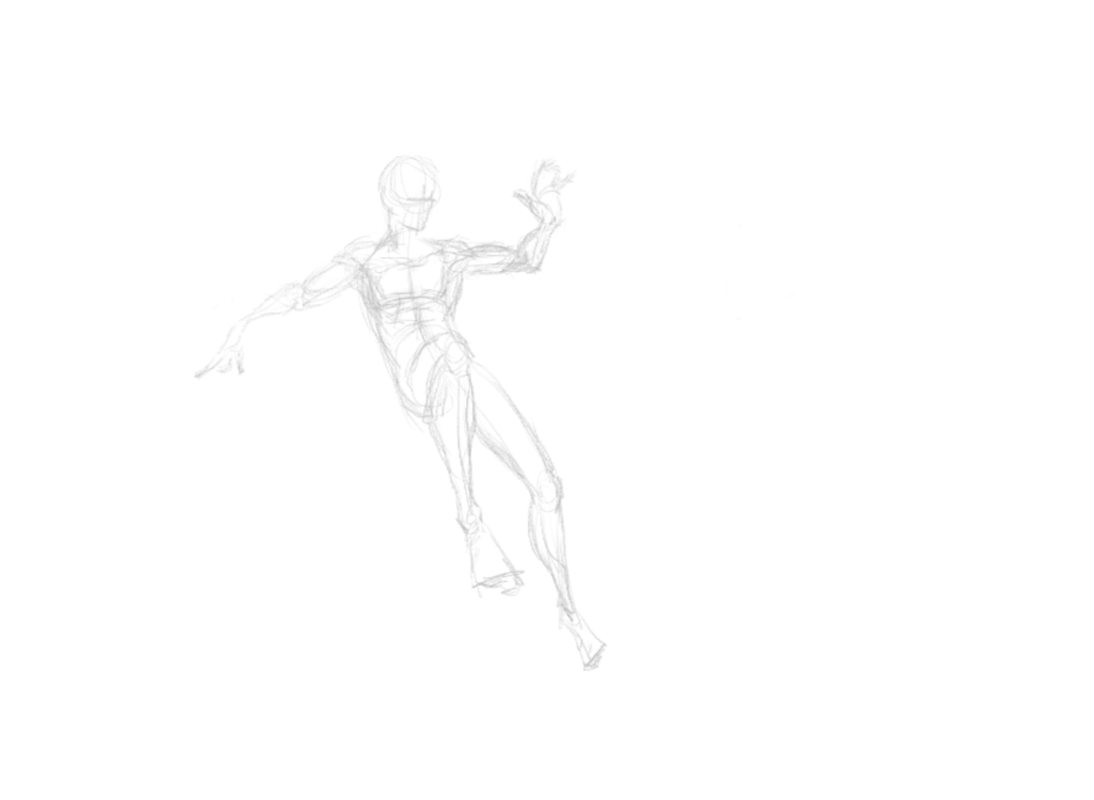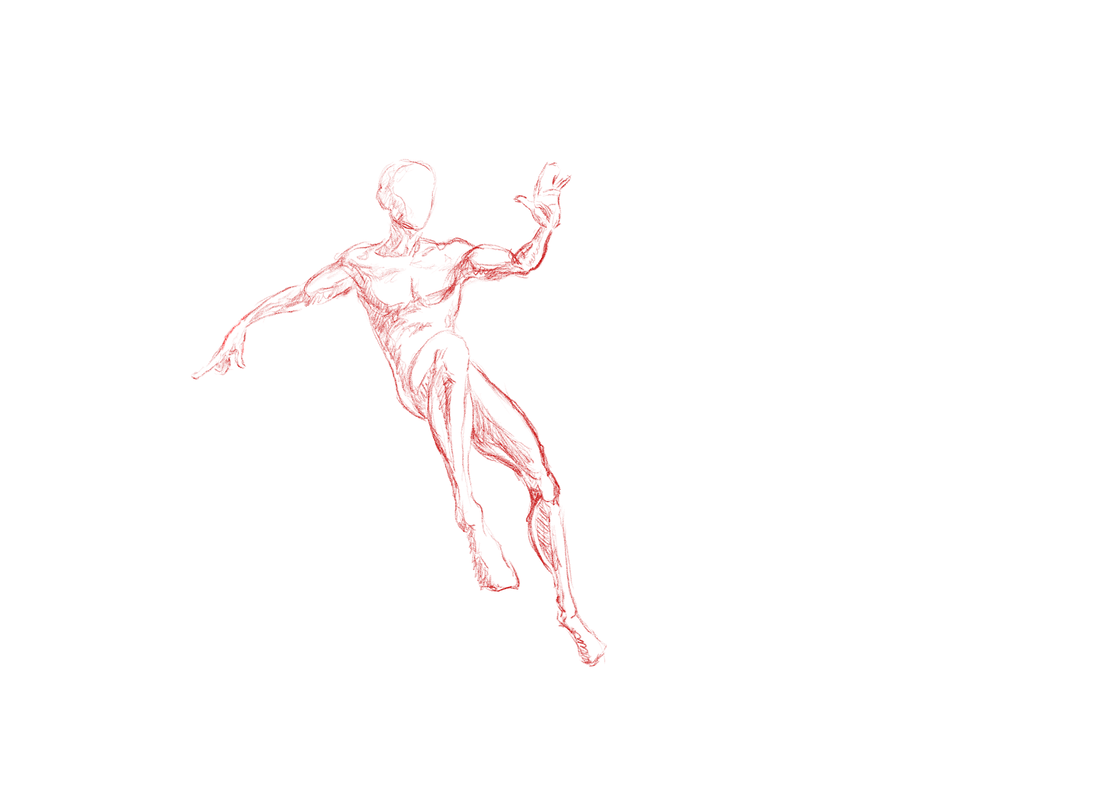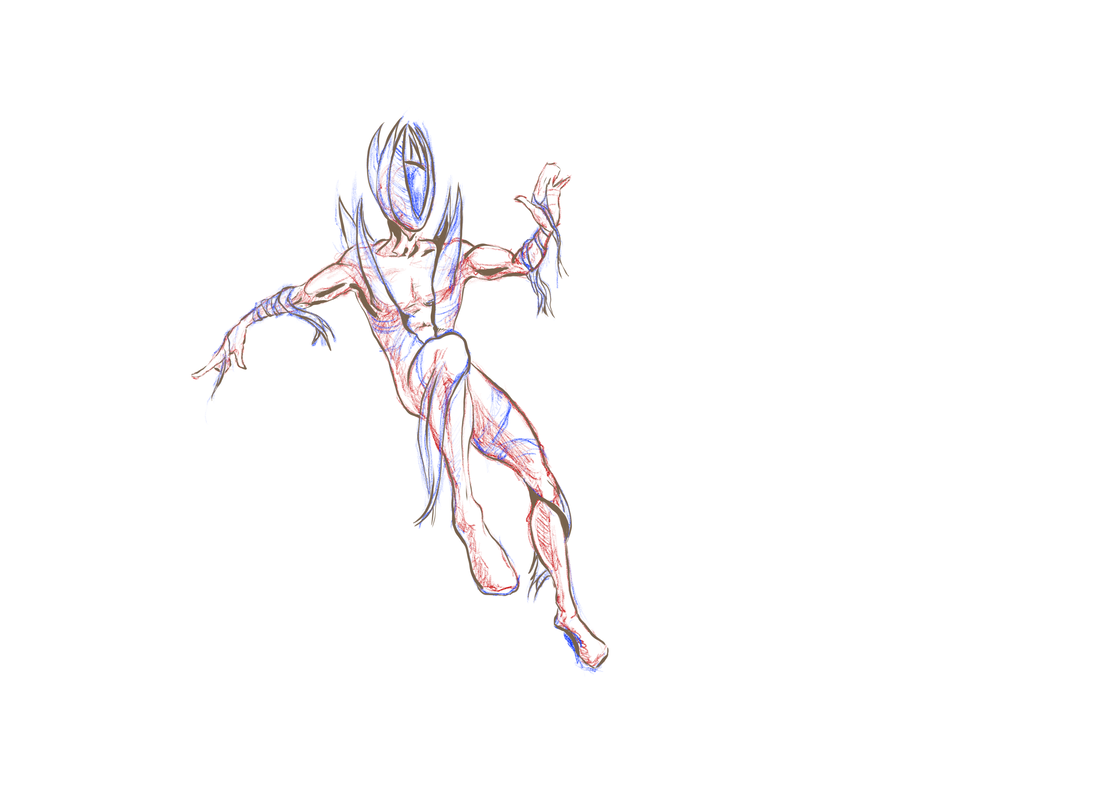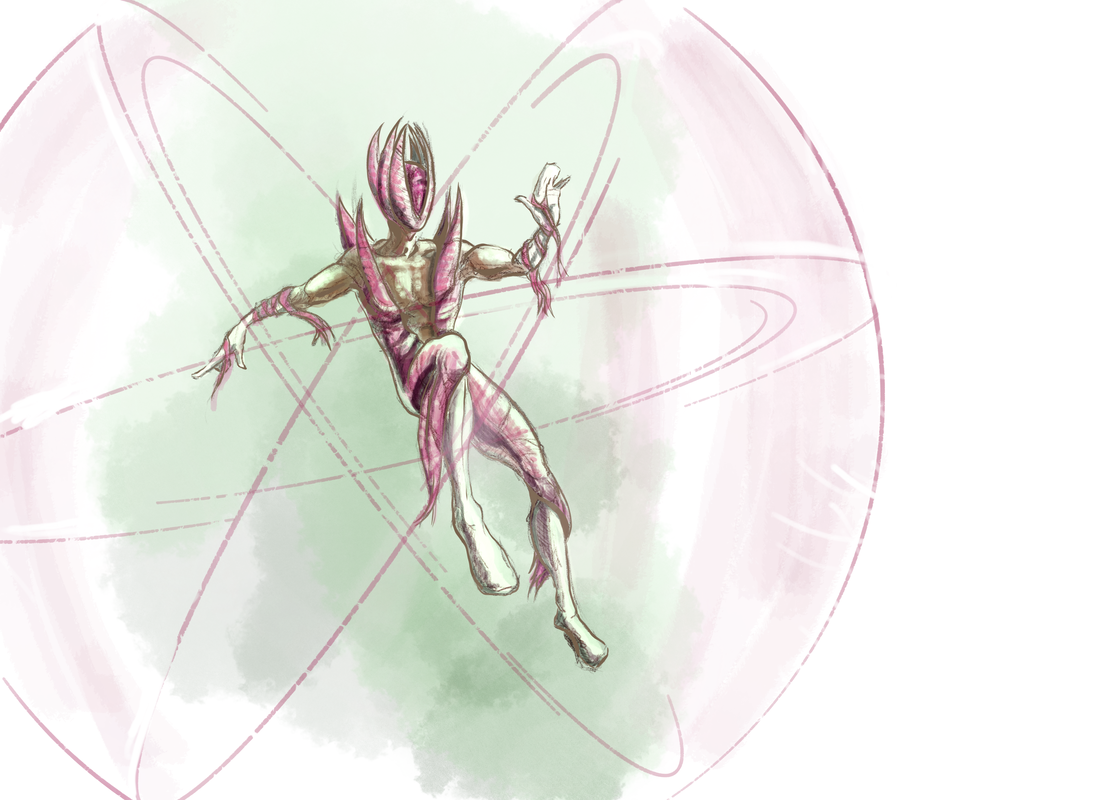|
For a brief period this week I wasn’t able to use my graphics tablet. If you aren’t a digital artist I wouldn’t blame you for not caring what a graphics tablet is or what it does. They are a very niche tool that very few people need, but for those people that need one it is utterly indispensable.
In brief, a graphics tablet is an input device for your computer that looks like a pen and a fancy drawing board. It can detect startlingly precise pressure, tilt, and sometimes even roll information. All this means is, once you get used to it, you can draw or paint as well as you could with a pencil or paintbrush. Graphics tablets won’t ever make you a better artist, but they will convey whatever skill you have developed to the computer accurately. So that’s nice. The graphics tablet I have now, a huion h610pro is almost 7 years old. I bought it to replace a Wacom intuos 2. The second, and larger, of the two intuos 2 tablets I used for the preceding 12 or so years. Before that I had a Wacom Pen Partner. The pen partner had a drawing surface smaller than a postcard. All together that’s something like 22 years I have been using these devices. Even though I still use a mouse quite often, I really can’t function without a graphics tablet. I use it to draw, paint, sculpt, move points around, copy files, select stuff, press buttons, and just do generally anything you could do with a mouse. Not having the tablet, even briefly made me think about tools. The computer under this desk can process inputs faster than my nerves can fire. There is an almost zero chance that I could overwhelm it with the speed or subtlety of my own body’s movements. I could have pressure sensitive tools attached to the end of each of my fingers and a regular pc should have no trouble conveying that information to a program for sculpting or painting. A standard mouse can detect movement thousands of times per second. A VR headset with inside out tracking can take stock of the world around it, filter for static objects, and watch for controllers or your hands fast enough that your own proprioception can be fooled making you believe you are in another place entirely. And yet, my interface with an art program is holding a stick in my hand and pressing down more or less hard. Essentially the same root technology people used to draw herds of bovines on cave walls 40-60 thousand years ago. It’s not like I can think of anything better. Humans use tools in ways that are the most efficient for how our hands and arms and eyes work after all. I just think that with all of this input capacity at our disposal we might be able to come up with something that doesn’t rely on what we know from the real world and instead describes an entirely digital, virtual, way of working and creating art. But my tablet is working again, so I’m going to go use that and stop this hideously binary typing thing.
0 Comments
As promised, here is some more drawing. I thought this time I would do a short breakdown on how I put a drawing together. This current set of concept drawings is for a project I'm working. I'm in the part of the process where I try out a few different things to zero in on a style. First I start out with a rough figure sketch. I did a lot of google image searching for "Parkour Jump" to find reference. I want these characters to look like they are free floating but in control of their movement, so parkour and other extreme sports seemed like perfect reference. Then I worked on some poses based on that reference in thumbnail sketches and 3D mockups. Next I refine the sketch and flesh it out, but I like to try to maintain some feeling of movement in the character. These characters wear elaborate headgear and flamboyant costumes, so I didn't put any effort into drawing a face. Any mood had to be conveyed in the body. On a new layer I start working out the costume. Next I sharpen up lines and define edges. I will be leaving the sketchy lines under the color for this one. I get some color up in there. I still have to go over this character and work out some more details, but I think I now have an idea of who they are and where to take them from here.
Most of the time when I am drawing anything, I'm finding out what needs to get added and what needs to change while I'm drawing it. I'm usually surprised at how it turns out, or if it turns out at all. This one is working out okay I think. Best Games - Beat Saber
I used to go to the arcade a lot. As often as I could. The first ones I went to were filled with distinct and bizarre cabinets with games as fanciful as they were difficult. Every image on a screen had to be drawn there with only a handful of pixels and a tiny array of colors. Any sound was what could be generated by simple monophonic synths and tin can speakers. Every game was a unique and strange experience. Dreamlike. Those soon gave way to brighter, more colorful visuals that grew more defined and representative. Games with real music and voice samples. This time also birthed genres. There were racing games, scrolling shooters, and maze chase games. Some of the games were great, some not so great, but market forces that directed developers to work on the genres that would sell were already taking hold. So the arcades were filled with a lot of Pac-Man clones and Galaga clones. Still enough unique experiences were being made that an arcade goer could find something that suited them. It wouldn’t be very long before the arcades were packed wall to wall with 1 on 1 fighting games. Still difficult, but a different sort of difficult. Fighting games require a player to climb a learning curve before they can have fun with them. I love fighting games, but I think they drove a lot of people who had loved Pac-Man and Qbert from the arcade. They simply demanded too much practice from would be casual players. It wasn’t long before the fighting games of the arcade made their way to home consoles and every player who didn’t want to wait in line at an arcade machine only to be stomped by someone who had simply practiced more, stayed home and played Marvel Vs. Capcom on their own couch with their own friends. The last gasp of the arcade was to try to offer an experience that a player couldn’t have at home. Dance Dance Revolution, Beatmania, Guitar Freaks, and Drum Mania were all developed in this winding down of the arcade. All of these machines were simply too large and specialized to be something that you could easily play at home. This wasn’t joysticks and buttons, this was ruggedized dance pads and simulated drum kits. If you wanted to play these games, you had to leave your house. Dance Maniax was released in the very early 2000’s and consisted of a set of infrared sensors that you waved your hand across in time to a musical track and on screen instructions. No buttons. Nothing physical to interact with. Just a giant cabinet and your own sense of self consciousness. The Bemani series of rhythm games ended up with the same core issue as fighting games. People wanted to play them because they were fun to play, but some people got so good at them that the developers needed to up the challenge with each new release and the performative aspect of being very good at a game in public meant that some people would play it, but most would not. Those other people went back home and played guitar hero and rock band privately or with their friends. I mean why play a game with a bunch of people standing around judging you. That sure was a lot of non Beat Saber talk for a presumably Beat Saber focused Best Games, isn’t it? I think the history is important, because of how and Beat Saber was developed and released. Beat Saber is a rhythm game very similar in play to Dance Maniax. To an outside observer, you wave your hands in the air to the beat of a song and look sort of silly or cool or somewhere in between. The difference is, Beat Saber is a VR game. It really only works as a VR game. While that limits its potential audience, this does mean that you don’t have to wait in line to play Beat Saber, and you especially don’t have to worry about people watching you and judging your performance… if you don’t want them to. When you are in Beat Saber, it’s just you, two laser swords, and a lot of incoming blocks to slice. Get good at it if you want. Play it on easy if you want. Play the songs that you want, and enjoy yourself. If you turn off any screen mirroring, only you will ever see how well you did. Or, you could stream out your game and show anyone who will watch how amazing you are at slicing blocks. It’s up to you. There is an argument to be made that Beat Saber could have been developed for the Nintendo Wii or for the Playstation Move Controllers. But it wasn’t and moving it to a system where the action is displayed on a standard screen just wouldn’t work at this point. No, Beat Saber is a VR experience through and through, and all the better for it. There will be a lot of new VR systems past this current generation. Head mounted display units that are lighter, faster, work completely untethered and don’t require controllers at all. For each of these units there will be a version of Beat Saber. In 15 years when a VR/AR system can be placed in regular glasses frames or light-weight goggles there will be a version of Beat Saber. When you can stand in a light field projection with no hardware at all attached to your body, there will be a version of Beat Saber. If one of the tests for new gaming hardware is to run Tetris or Doom on it, the test for new VR hardware will be, from now on, to run Beat Saber on it. Beat Saber isn’t very old, but it’s already one of the best games. This past weekend was Global Game Jam. This will be the tenth GGJ that I have attended but the first time that the game I worked on doesn’t play on a computer. I teamed up with Paul and Logan Cooper to work on a board game. A 3D printed board game. In 48 hours.
3D printing is not a quick process. It does provide regular people with the facility to create physical objects relatively easily and cheaply, but rapid prototyping is only rapid when compared to other forms of manufacture. We shifted the usual Game Jam constraint of technology over to a constraint of logistics. Getting everything designed, modelled, printed, and tested in 48 hours was tricky. In the end we completed and play tested the prototype of an actually interesting table-top game. It plays in less than an hour. There are some interesting strategic elements. It’s pretty easy to learn. After a few more revisions, I have no doubt that it could be quite fun. Given the time we had to create it, we didn’t get a chance to test it with more than 2 players, but it does seem like more players could work very well. That might even be the prefered way to play it. Anyway, if you have a 3d printer and wanted to test out an interesting game prototype, you can download the files here https://globalgamejam.org/2020/games/treasuretrap-dungeon-game-8 |
Archives
February 2024
Categories |
Owen McManus







 RSS Feed
RSS Feed